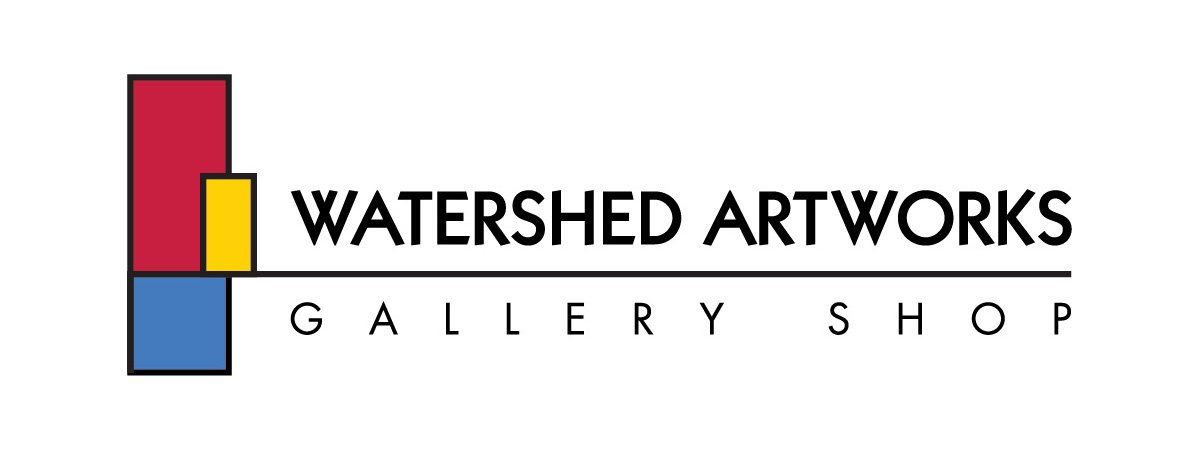Essential Marketing Tools For Artists & Creatives
Watershed Artworks Gallery has been around for over 13 years and we take immense pride in promoting local artists who work in a diverse range of mediums and themes. At our gallery, as a part of our agreement, we provide marketing services for our artists. However, in this technologically advanced world, it is integral for artists to leverage free and sometimes paid marketing tools wherever more eyes can look at their work. For artists looking to promote their work and build their brand, a strategic approach to marketing is essential. We have compiled a small list of essential marketing tools and strategies that can help artists succeed. Take a look and try to adopt some if not all of these below:
1. Social Media Platforms
Instagram: Ideal for visual content, showcasing artwork, and engaging with followers. Take good pictures against a clean or a themed background and post away. Remember to highlight the features of your artwork in the description you write.
Facebook: Useful for creating events, engaging with art communities, and reaching a broader audience. Create a facebook page or a private/public group to share your work. Post your images and videos of your artworks on your page. Always engage with your followers who are asking questions or show appreciation for your work.
Pinterest (optional): Great for visual inspiration and driving traffic to your website or portfolio.
X(formerly Twitter): Useful for updates, engaging with the art community, and sharing news.
2. Website and Portfolio
Personal Website (small price): A professional platform to showcase your portfolio, provide information about your work, and offer a way to contact you. Have a clear navigation that is easy for users to follow. Ensure you have quality images (not too big in size) and good easily accessible text information.
Portfolio Platforms: Sites like Behance (free) or Adobe Portfolio can help display your work and connect with other creatives.
3. Email Marketing
Mailchimp or Constant Contact: Tools for creating and managing email newsletters to keep your audience updated on new works, exhibitions, and events. If you attend art fairs, shows, local festival or set up any marketing booths, ask you customers or visitors if they would be interested in sharing their email for your newsletter. This will help you get a mailing list.
4. Content Creation Tools
Canva: This is a free tool that is useful for designing promotional materials like flyers, social media posts, and newsletters without compromising copyrighted content.
Adobe Creative Cloud (costly but amazing!): For more advanced design and editing needs ranging from photo retouching, generative AI, motion graphics, and video editing, you can use it for all your design needs.
5. Networking and Community Building
LinkedIn: For professional networking and connecting with art industry professionals. Posting insightful content on LinkedIn can go a long way in building a supportive professional network.
Art Communities: Forums and groups such as DeviantArt or ArtStation can be valuable for feedback and exposure.
6. Video Content
YouTube or Vimeo: For sharing video content such as studio tours, art process videos, and interviews, Youtube and Vimeo dominate with their amazing interface. We suggest you create a channel on Youtube and post once a week. Youtube likes clean quality content and promotes creators who highlight creativity and professionalism.
By leveraging these tools, artists can effectively promote their work, engage with their audience, and grow their artistic brand. If you want us to display your work and take care of the marketing for you, reach out to us and we’d be happy to discuss further with you.

